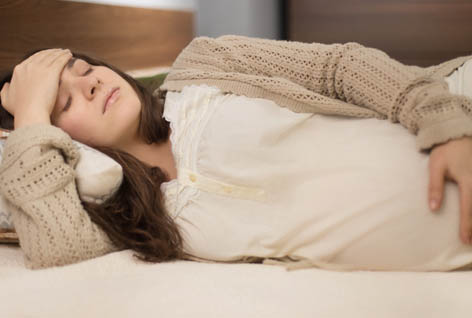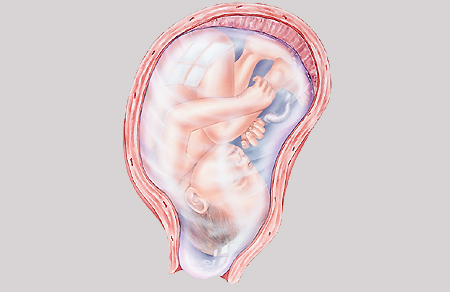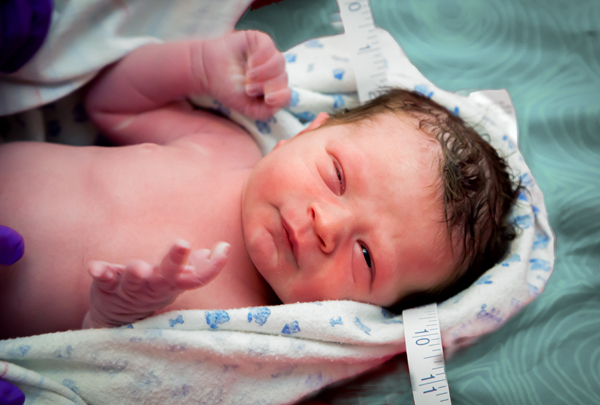Pregnancy and Birth, behind the scenes...
Some further research, videos and general information (and also sometimes entertaining) that will help you to be better informed about pregnancy and birth. When you are fully informed, you can be empowered around your pregnancy, birth and choices.
Your Rights as an Australian Child-bearing Woman This is a really wonderful, comprehensive article, by Vicki Hobbs (director of Well Woman Sanctuary and a Pregnancy, Birth & Postpartum Consultant and Practitioner; she is a Hypnobirthing Australia Childbirth Educator, Aromatherapist & Remedial Massage Therapist specialising in pregnancy, massage and placenta encapsulation). Vicki details all you need to understand that you have rights to respectfully request, decline, question and contribute to processes and procedures that are presented or proposed in your pregnancy and birth.
A must-read for all Australian pregnant women.

Morning Sickness This common complaint in early pregnancy shows up as nausea and/or vomiting, but is certainly not limited to morning! The symptoms usually start around 5-7 weeks and subside after 14 weeks, but can linger for longer... For a long list of things that may help relieve morning sickness, check this article out.
Very severe 'morning sickness', known as Hyperemesis Gravidarum (HG) is both debilitating and very distressing. It may cause significant weight loss and risk of dehydration, nutritional deficiencies and metabolic imbalances. This condition must be managed by your health care practitioner. There is documented evidence that acupuncture can help (see here and here for studies). For more information about HG, see HER Foundation (HG Education & Research).
3D Birth Animation Birth This 50 second mini-doco from Small Steps Media shows the entire birth process from onset of surges to baby's birth. It is a great way to see the process of the cervix opening! The cervix opens by pulling up (and so stretching thinner), usually around the baby's engaged head. The cervix is pulled up by the long, strong longitudinal muscles. At the same time, these longitudinal muscles 'gathers' the circular muscles towards the fundus of the uterus (up under your sternum) to create the very strong force that pushes downwards and moves the baby out through the birth canal. Isn't nature truly amazing?
Exercises to turn Breech, Posterior or Transverse positioned baby Great little video by Lorraine from Pregnancyexercise.co.nz, giving exercises to follow to encourage your baby to get into the optimal position for birth. Lorraine had 3 babies, positioned breech, posterior and transverse respectively, and she managed to turn each one into the optimal head down, anterior position before labour began. Thanks Lorraine!
Homeopathy turning a breech baby This is a very interesting article about a homeopathic remedy that has been shown to help turn a breech baby!! Worth a read I think!
Length of Pregnancy can vary up to 5 weeks between women! Wow! This article from Independent UK, tells how scientific evidence shows that babies development time in the womb can vary up to 5 weeks between women! Only 4% deliver on, and only 70% birth within 10 days of their guess date! My own four pregnancies, that all ended in spontaneous onset of labour, varied by more than 3 weeks! That means that scheduling a caesarean when there is no medical reason to do so may have even greater implications for the baby than we already know! That '38 weeks' that presumes it is 2 weeks early, may in fact be 3-4 weeks early for that particular baby.

Am I in Labour? There are so many variations on the start of labour. Some labours start with membranes releasing, with others it is period style cramping. A mucous show or feeling a little nauseaus or having loose stools can signify the start of labour, though it may not be recognised as that immediately. Here's a simple article that summarises how the baby's position prepares for labour and different signs that labour may be starting. Read more here.
And there's a great article here about Prodromal Labour and Braxton Hicks sensations and what they may mean: i.e. getting a head start!

VBAC - Vaginal Birth After Caesarean Caesareans that are necessary save lives. BUT, medical research and health policy/guidelines supports the fact that VBAC is safe, low-risk and appropriate for most women for subsequent pregnancies. In Australia, almost 85% of women who had a caesarean, have caesareans for subsequent births; only 15.5% of women who had a Ceasarean go on to have a VBAC. Our VBAC rate used to be around 60% according to this article, and 70% of attempted VBACs are completely successful. The significant effects and risks of abdominal surgery shouldn't be dismissed, nor should the huge benefits (for mother and baby) of achieving vaginal birth if it is safe and possible. Read more here.
Seeking Clarity on Vaginal Birth After Caesarean Go to these links to get an e-book Top 5 Uterine Rupture Myths, and The 5 Secrets to Planning a VBAC .
Fetal Monitoring during Labour This article discusses the various forms of monitoring that are available in most birthing places, and looks at benefits and risks. It is worth being informed.... "As the use of EFM during labor increased, so did the Cesarean rate, and it is possible that these two trends are connected. Between 1970 and 2016, the Cesarean rate in the U.S. increased from 5% to 32%. And “non-reassuring fetal heart tones” became the second most common reason for first-time Cesareans in the U.S."
..... "One concerning finding was that people in the continuous electronic fetal monitoring group were 63% more likely to have a Cesarean and 15% more likely to experience the use of vacuum or forceps when compared to those in the hands-on listening group." See more here.
Vaginal Examinations, The Purple Line & More... "Studies also show that vaginal exams are not really accurate. When checking for exact dilation, studies show the accuracy to be around 48-56%. " !
So, is there any time when it's helpful knowing dilation, and if so, how can you monitor it other than a VE? This article discusses VE's, cervical dilation and alternative ways of seeing progress in during labour, without an internal vaginal examination (VE).
This article is also concise and very clear about VE's, when they may be indicated, and your right to say NO. This is a Queensland Health statement about VE's in hospitals.

Your Baby's Amniotic Sac, and why Breaking Membranes should NOT be a routine procedure! This midwifery article 'In Defence of the Amniotic Sac" is a great source of information about the Amniotic Sac and the role it plays in your baby's health and safety, right up to birth. It also discusses the breaking of the membranes and the associated issues.
Breaking membranes to speed up labour has become a fairly routine procedure in many places, but is there any evidence to support the necessity or the effectiveness of this procedure when labour is progressing naturally? Read this article to be better informed to state your preferences around this intervention.
Group B Strep GBS GBS is a bacteria present without illness in many people, and approximately 15-30% of pregnant women. It may colonise in the vagina, and can penetrate the amniotic fluid and can infect the baby. Babies may have colonised GBS with no illness, but some babies can become sick. There are risk factors, screening and treatment options for GBS. There is sooo much information out there it can be quite overwhelming. This great Australian article is a great summary of information, including some possible ways to help overcome GBS in your gut and vagina. Here's a science article from Australia. This FEB 2019 science review is from British Medical Journal. Ask your care-giver for help if you need help to explore this issue.

The Rhombus of Michaelis This seems to be little understood and even less researched! This anatomical region is kite-shaped and shown at left. It comprises the three lower lumber vertebrae, the sacrum and the Posterior Longitudinal Ligament. Midwives report that during second stage, in birthing women who are leaning forward, upright, or on hands and knees, a lump appears in this area. As this area of bone moves backwards and the wings (ilia) of the pelvis are pushed out, it causes an increase in the space of the pelvic outlet and the back's soft tissue is temporarily curved outwards. At the same time, the mother may suddenly reach her hands to support behind the sides of her pelvis as the 'pelvic wings' are pushed out and she feels a sudden stretch and/or instability.
There is very little information available, but this great article by Sara Wickham says "We need to tell women that if they want to have a short second stage of labour and they don’t want to have to spend ages pushing, then they need to make sure that their pelvis will open to make enough space for the baby." Sounds like great simple advice!








